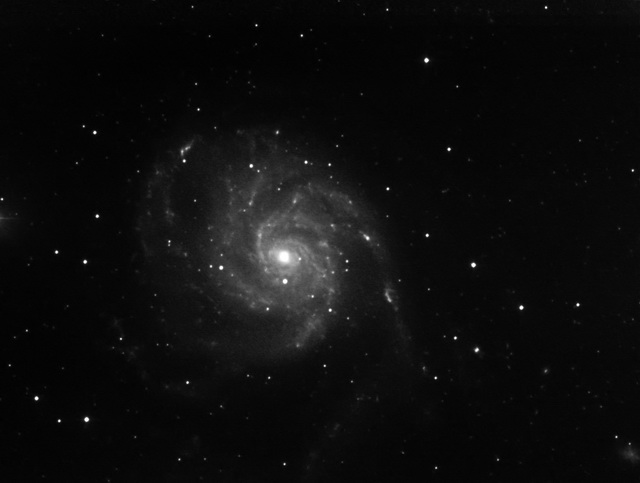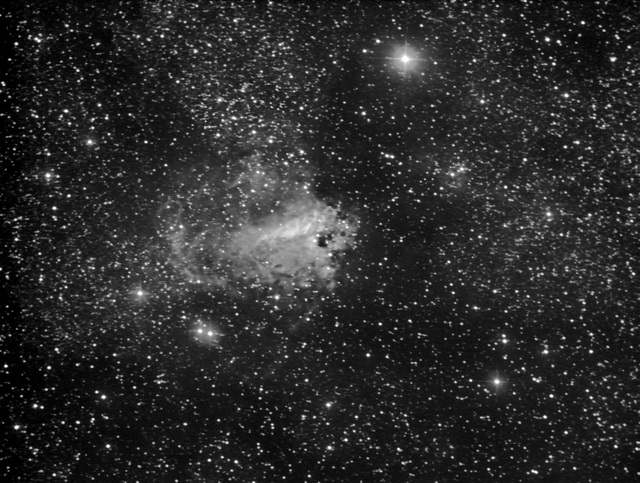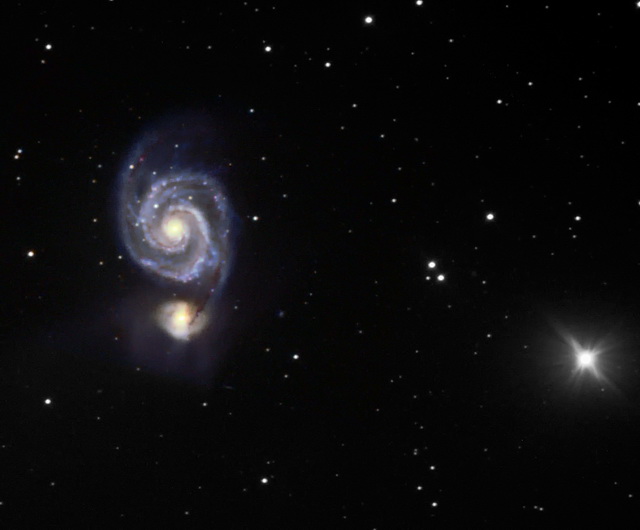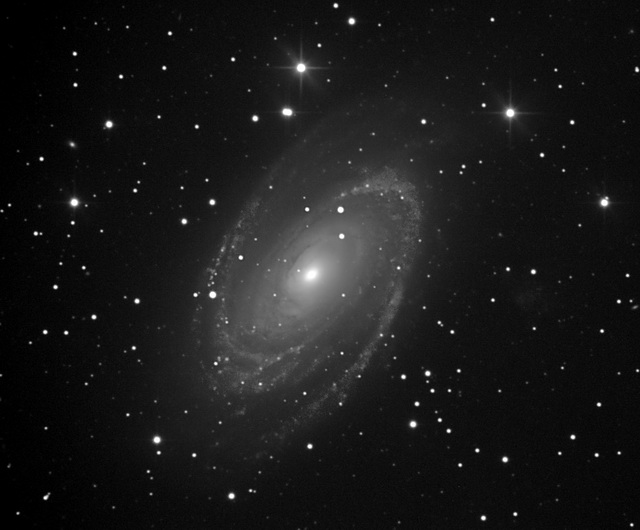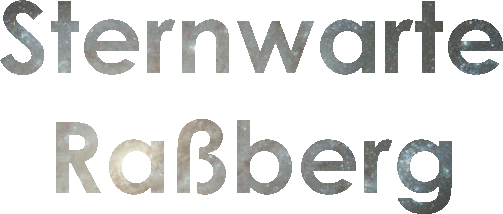Equipment review : Astrophotography
Cameras
DLSRs
My first attempts at astrophotography were using normal DLSR cameras. My first was a Nikon D80 then a Nikon D300. The main problems associated with DLSRs were
- Focusing is very difficult. The D300 had LiveView making things somewhat easier. Live View plus the use of a Hartmann Mask made the task of focusing easier – but don’t make the mistake I have often made and forget to remove the mask before taking photos ( this cuts down the available light ).
- The focuser on my f4 Newton had to be modified ( by Lajos at Telescope Austria ) in order to gain focus
- Long exposures suffered from noise
Having said this, I learnt a lot about the problems associated with astrophotgraphy and the setting up of equipment
Photos taken with D80
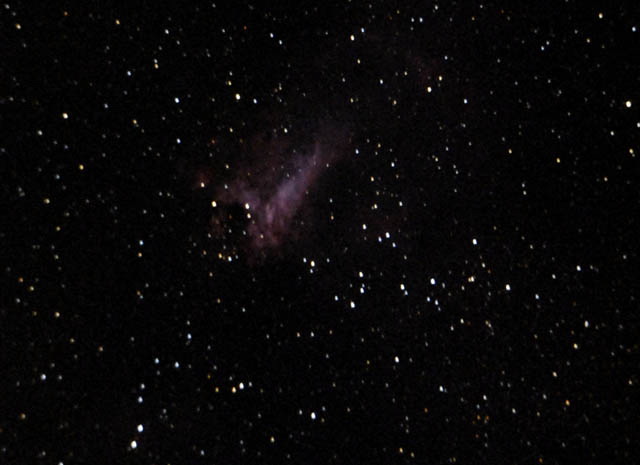



Photos taken with D300


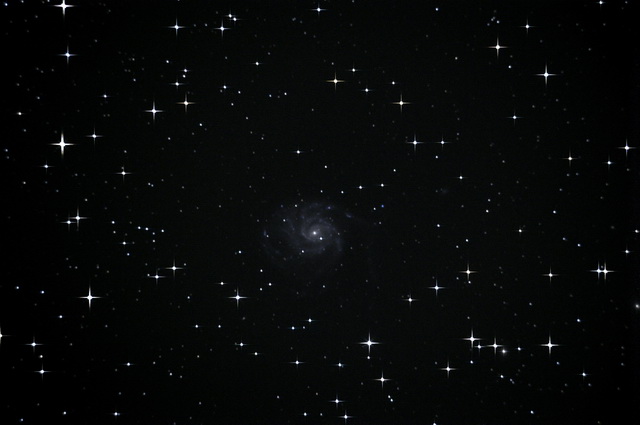
Orion StarShotPro
My first “astrocamera”. This was a low cost, large chip astrocamera. It had a cooled chip and took photos in the special astronomy FITS format. This meant learning to use Maxim DL for control and initial processing, which was a good start in real astrophotography. This camera was a socalled one shot camera ie like a DSLR it had a Bayerfilter enabling it to take with a single shot coloured photos. The camera performed well, better than a DSLR but had the disadvantage, that one needed longer exposures due to the Bayerfilter. At this point in time my experience and setup did not allow for exposures longer than about 5 minutes, so I was limited in what I could do.
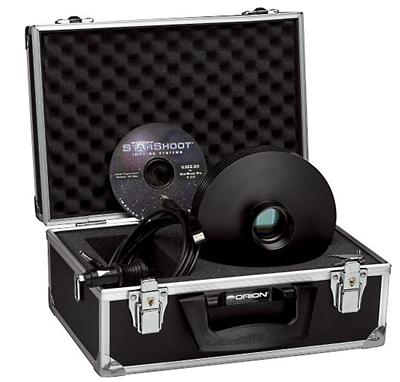
Photos taken with Orion StarShotPro
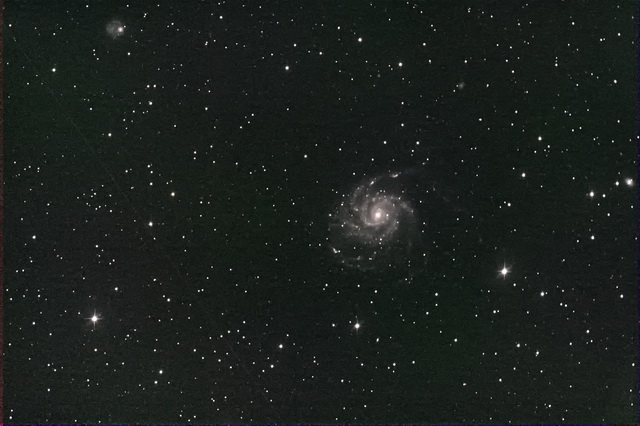
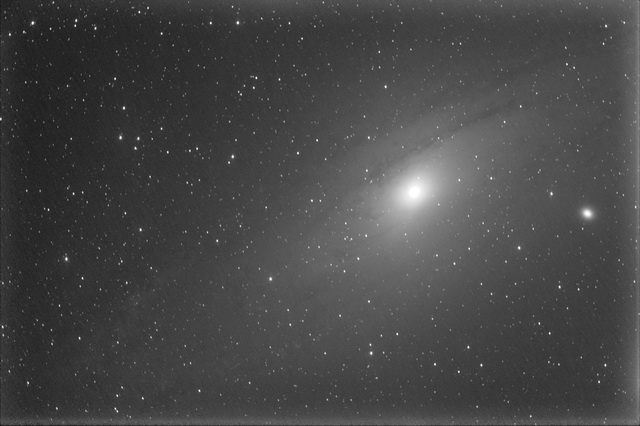
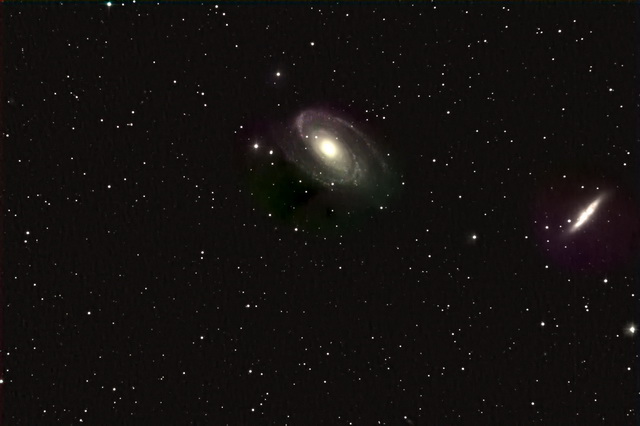
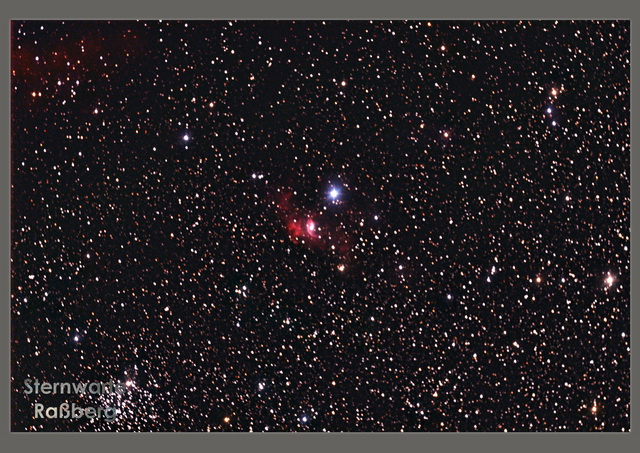
Atik 16ic
Having spent some time guiding using a webcam, I decided to swap to an astrocamera. I can strongly recommend this. The webcam, although it works, is relatively unsensitive and it is often difficult to find a guide star. I have at times spent a hour searching for a bright star. The Atik is extremely sensitive, it usually shows a few stars on a one second exposure. In difficult situations, I go to 4s and bin it 2x2, and always find something.
Atik 383L+
This is my current camera and is a true astrocamera. It has a black and white chip, which is extremely sensitive. I must say, I am very happy with this camera, it performs very well. It can be binned 4x4 ie one can make a big pixel out of 16 real pixels which increases the sensitivity 16 fold ( the picture is of course smaller and does not have the same resolution - but this is great for a quick test photo, a 30s exposure shows even the faintest objects ).
Because the camera is black and white, it is necessary to use coloured filters ( RGB ) in order to obtain a coloured photo. This is an added complication, particularly for beginners. I had a lot of problems setting up the image train to get the correct separation from the focuser to chip because in-between were an Off-Axis Guider, Filterwheel and then camera. Also there is a lot more to set up and calibrate using filters and the post image processing is much more complicated. Having said this, when everything works, the results are terrific.
My current setup on the Gemini mount with OAG allows me to track objects perfectly for hours on end ( over 4 hours I have a maximum deviation of less than one pixel ).
Photos taken with Atik 383L+
